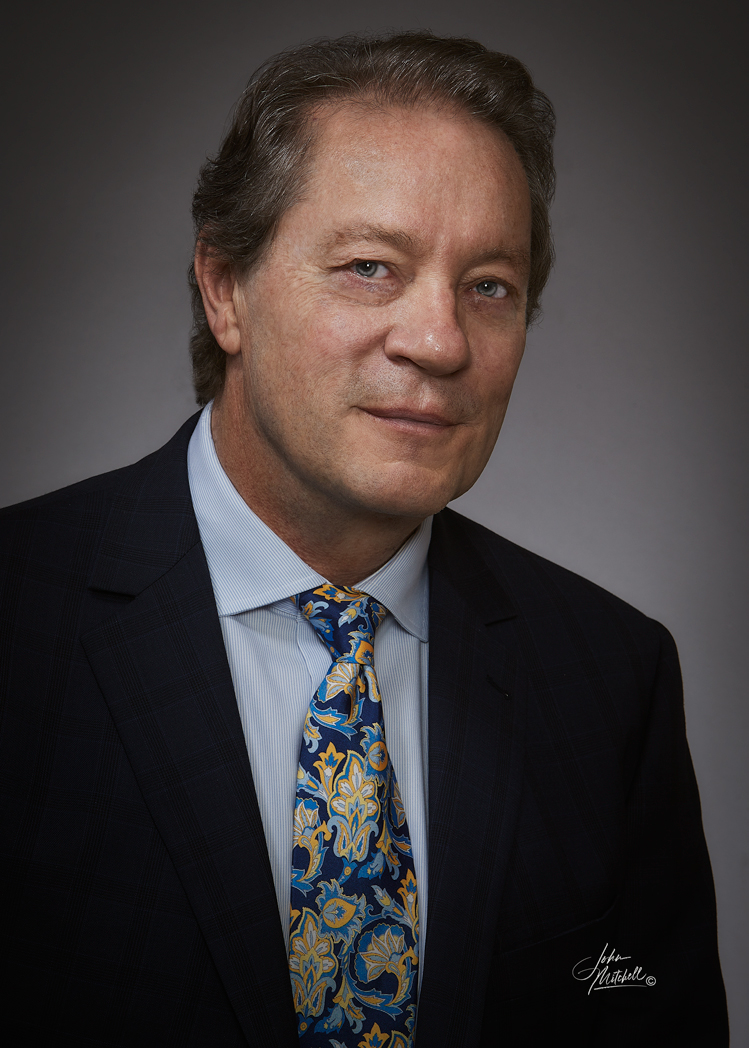I don’t think there is a profession today where upgrading, studying and learning are not part of “the never ending journey.”
A couple weeks ago I purchased an online tutorial on portrait retouching. Once again I managed to prove that “old dogs” can learn new tricks.
I remember a time prior to the pandemic when seminars were offered on photoshop. I, along with a friend attended several of these when they were offered in Toronto. It seemed to be a repeating message in every seminar; “even an expert is likely to only ever use 10 percent of the Photoshop program. It is that vast.” The speaker would continue by explaining, regardless of what you want to do, there are likely at least 3 ways of doing it.
They were right. It is that big, that diverse and that complicated. With each new version, it seems the emphasis is not only on introducing new features, but also new and easier ways to use the program. At what price are things made easier?
You may have seen this image on the internet at some time. It pokes fun at the quality of roads built today by our governments, but in reality it pokes fun at the continuing decline in the quality of many things in our lives today. How many of you have a 40 year old furnace, a 30 year old fridge, stove, washer or dryer? Not that long ago they were the norm.
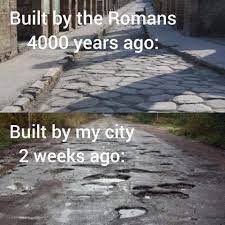
Many of the decisions we have to make today offer us several different options, but often they can be categorized into one of the following; what is the best way, the easiest way, or the cheapest way. Each option comes with its own pro’s and con’s.
From the tutorial I learned the methods I have been using depended on AI (artificial intelligence) allowing the computer program to select the pixels that would be used in creating new pixels for the retouching. These may not be the best choice for an accurate reproduction of my subject. Often it resulted in retouching over done that then had to be toned back to give the image a more realistic appearance. Even then the skin could often look plastic or fake. Faster? Yes. Realistic looking? Not so much.
A few months ago I had the opportunity to create a number of business portraits. For illustration here I have selected one of them.
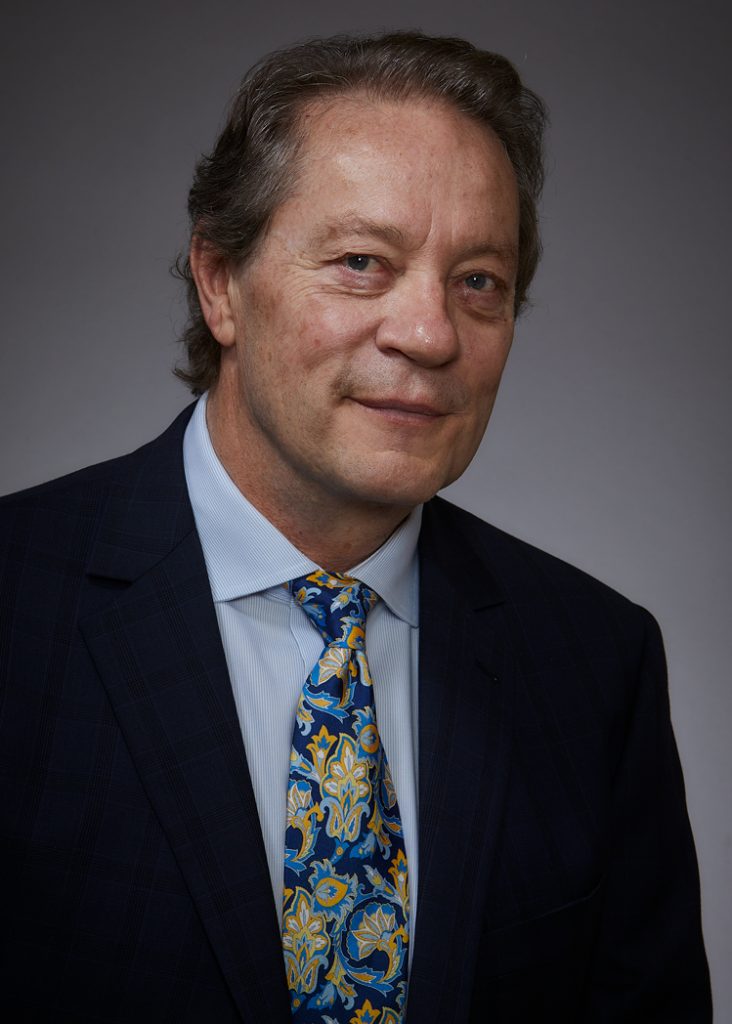
Using my old methods of retouching this is what I got.
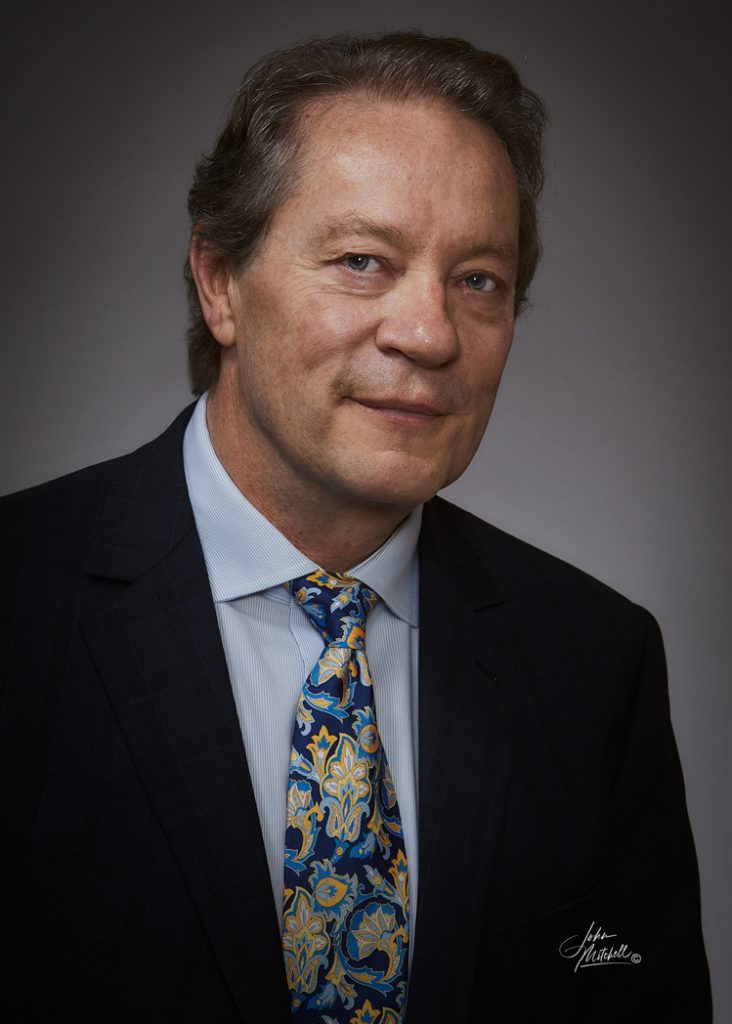
Now I do this
The new method of retouching requires using different tools and a lot more work. Using this method I chose exactly what pixels or areas of the image will be used to duplicate the skin texture of the subject. The advantage is more accurate and realistic skin texture. Areas of the skin that are lighter or darker due to pigmentation are individually corrected without making the skin look plastic or fake.
This is the same image retouched using the newly learned methods, and a close up showing the reality of the skin texture.
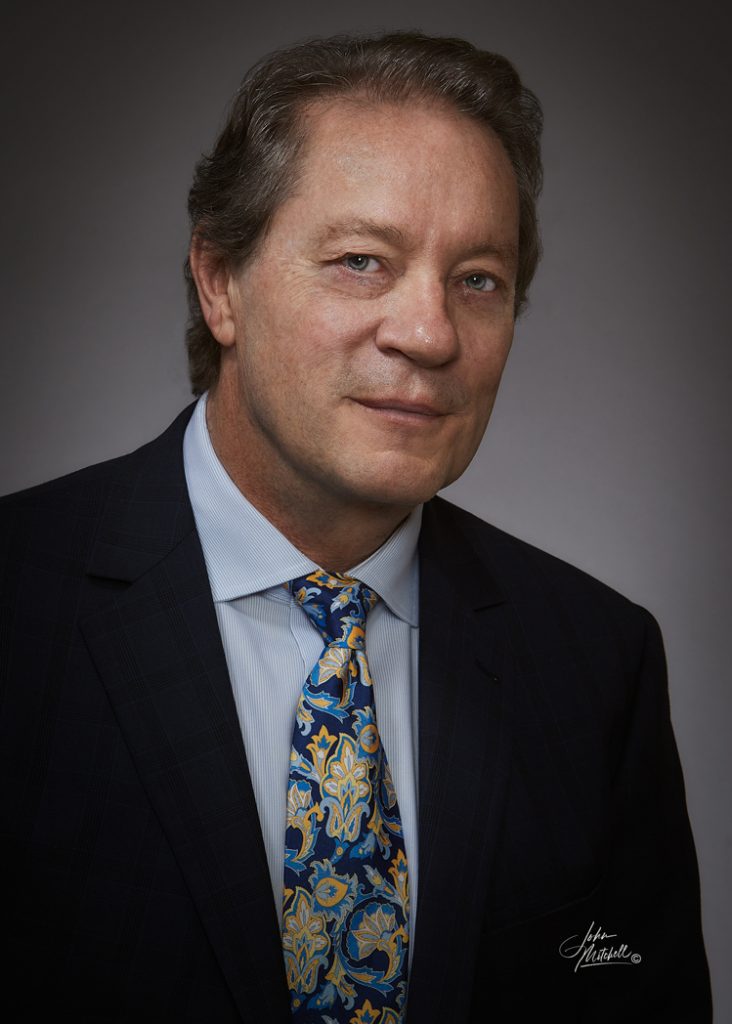
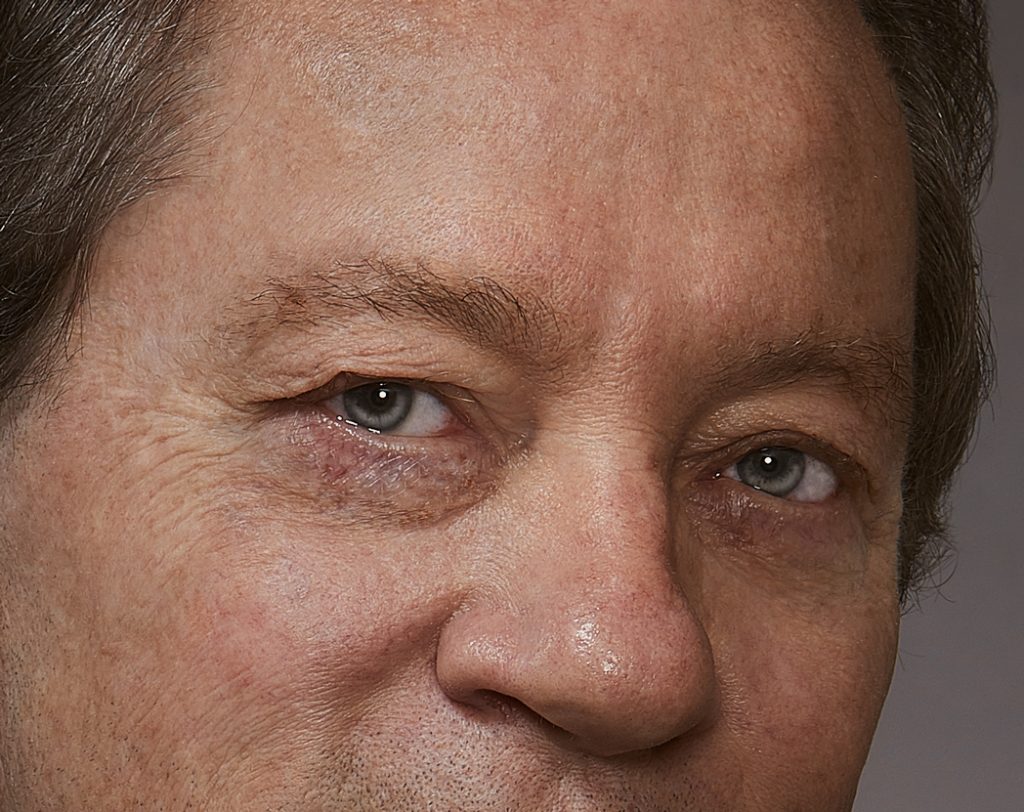
What’s that saying; “The more you know, the more you know you don’t know.”
I look forward to the never ending journey of learning.

